
From our first helmet manufactured in a garage behind Bell Auto Parts in Bell, California in 1954 under the leadership of Roy Richter, to the present line, we’re constantly breaking new ground in safety, protection, comfort, technology and innovation. We know that, as quick as the final flash of that checkered flag, the future soon becomes the past – we don’t look back, we push forward, searching for the next finish line, the next win in a long history of wins. That legacy continues today with the purpose of creating and producing state-of-the-art head protection worn by the world’s best drivers.
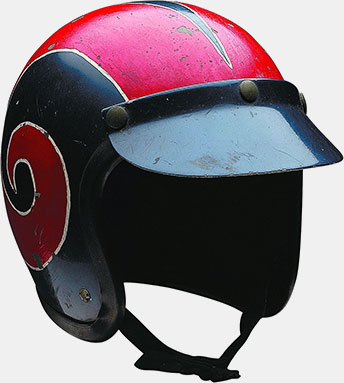
1954
Bell manufactures its first racing helmet – the 500, in a garage located behind Bell Auto Parts
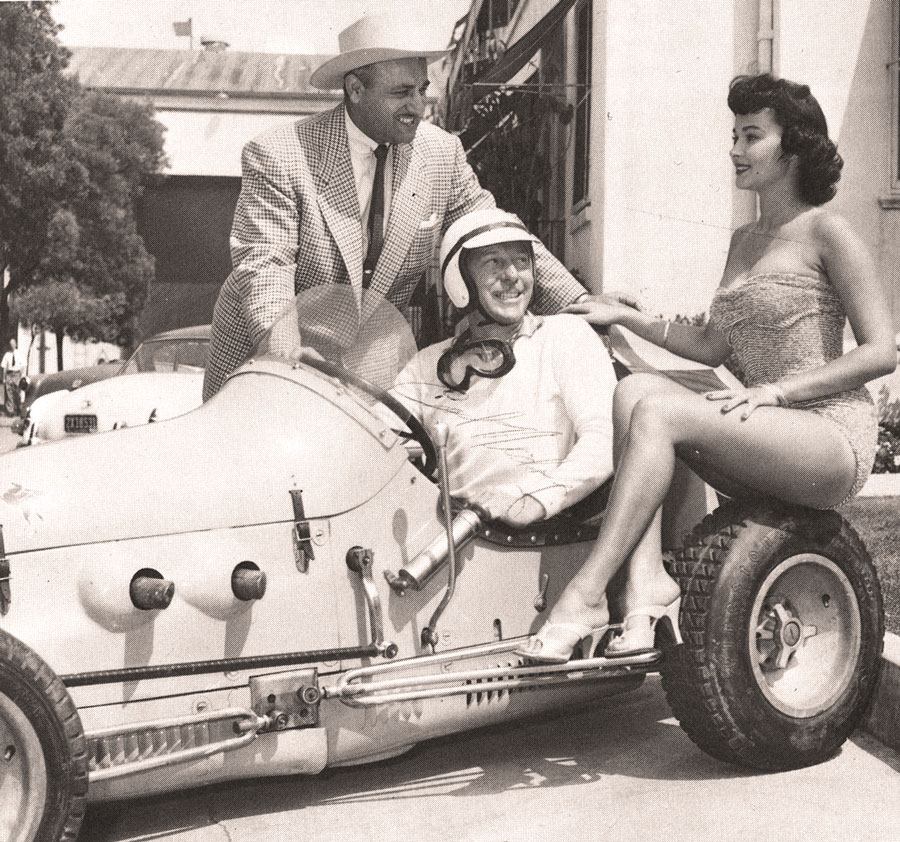
1955
Cal Niday becomes the first driver to wear a Bell Helmet in the Indianapolis 500.
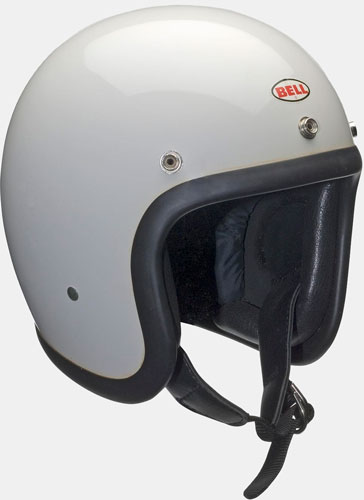
1957
500 TX, the first motorsports helmet to use an EPS (expanded polystyrene) liner
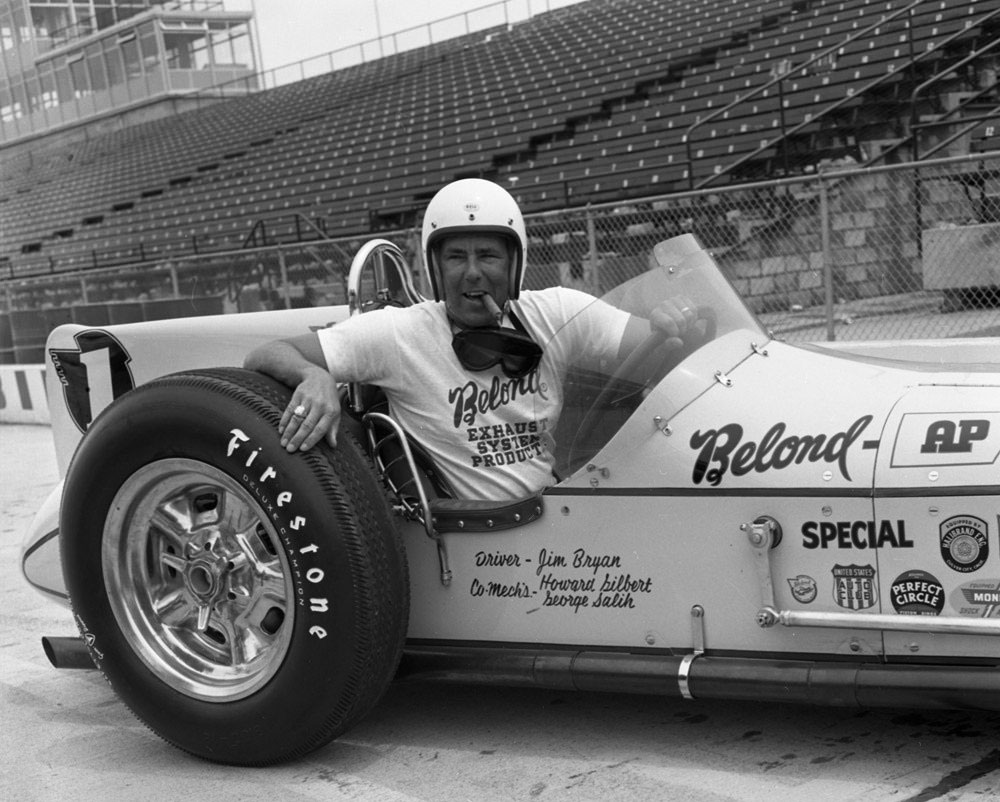
1958
Jim Bryan becomes Bell’s first Indianapolis 500 Champion
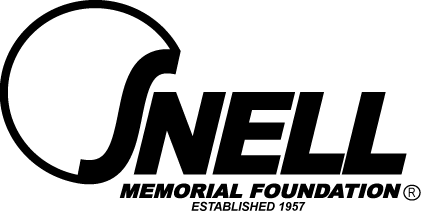
1959
Bell becomes the first company to certify a helmet to the Snell Memorial Foundation standard
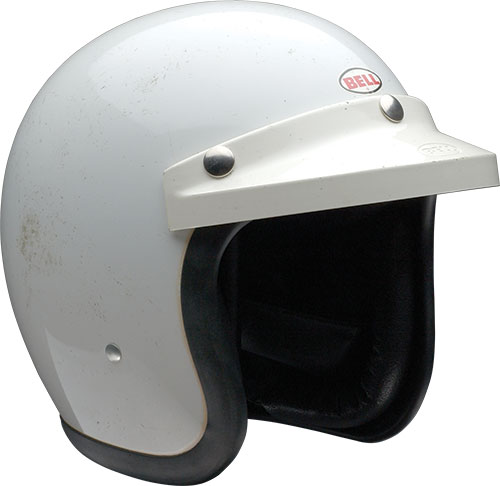
1962
The 500-TX is selected by the Museum of Modern Art in New York for Excellence of Design. Four Bell helmet models are on continuous display at MoMA
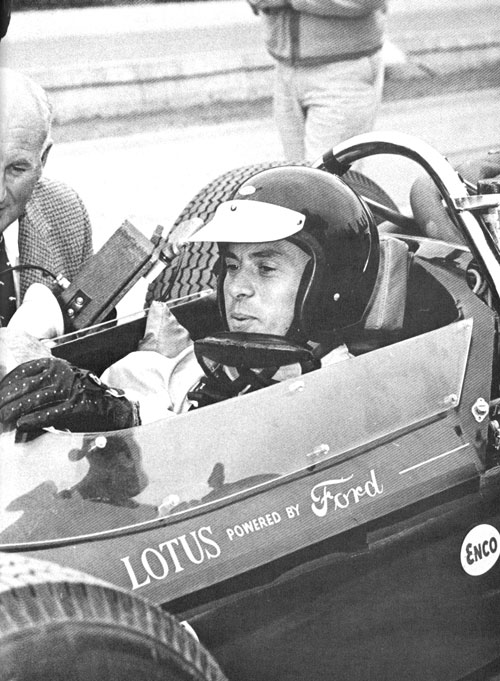
1963
Jimmy Clark becomes Bell’s first world champion
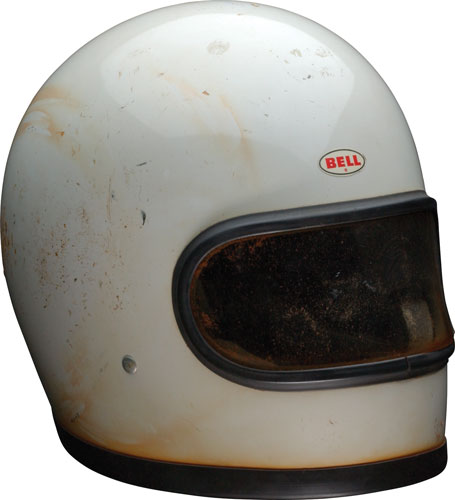
1966
Bell introduces the world’s first full-face helmet – the Star
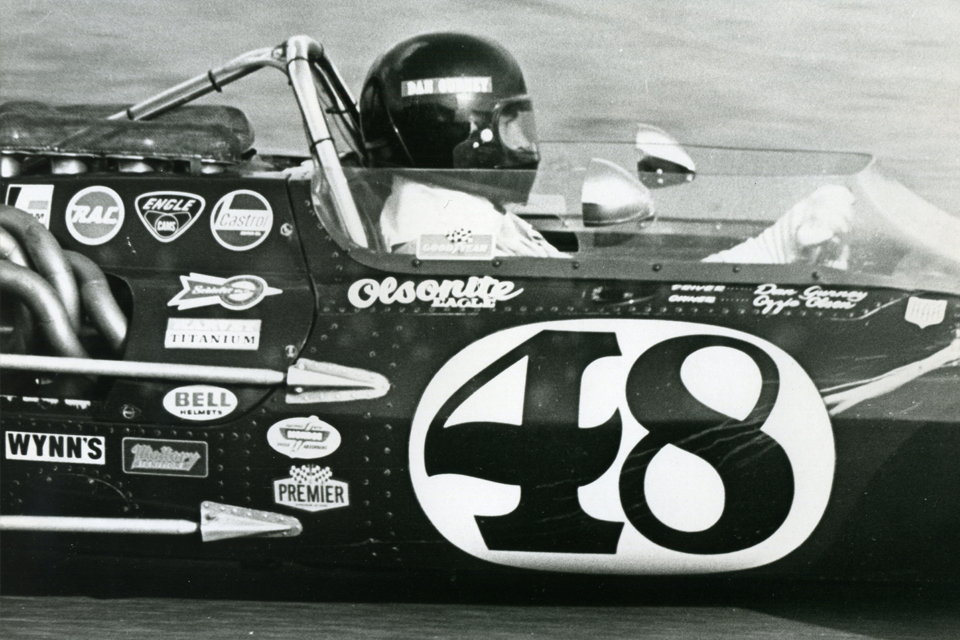
1968
Dan Gurney becomes the first racer to wear a full-face helmet in competition
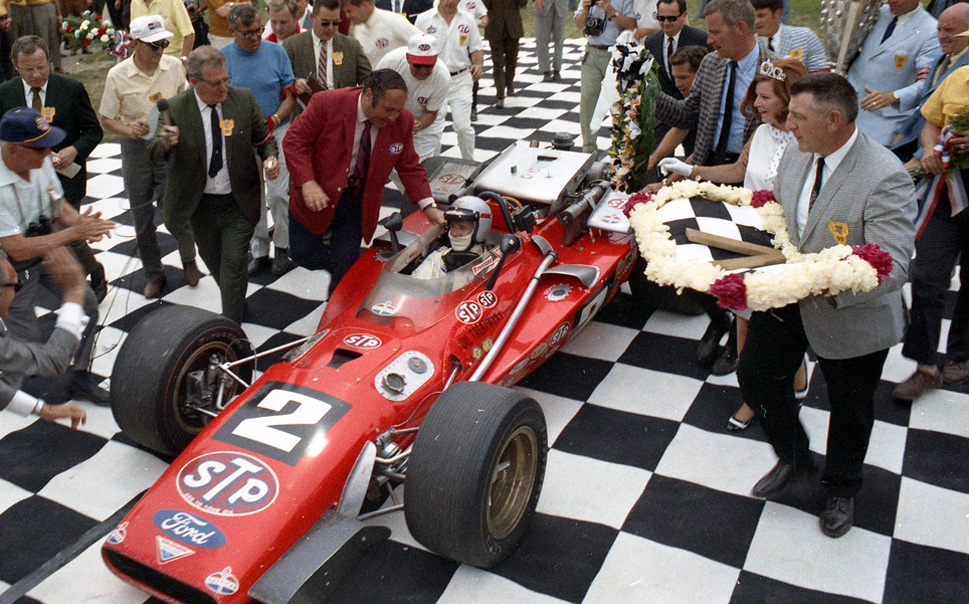
1969
Mario Andretti wins the Indy 500 – the last driver to win the 500 in an open face helmet
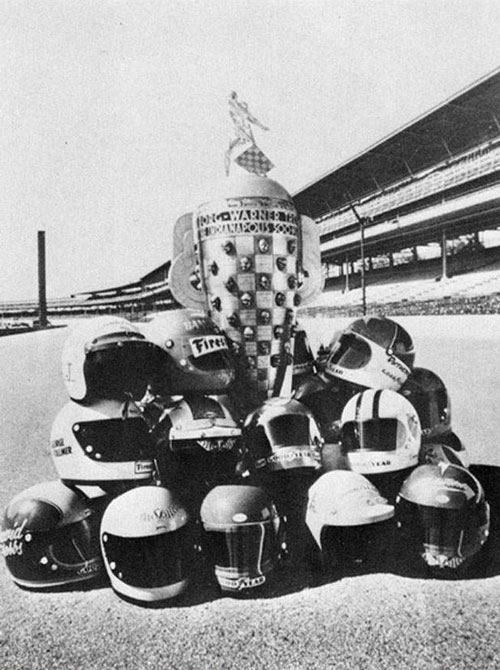
1971
Unique in auto racing history, all 33 drivers at each of USAC’s 500-mile championship races – Indianapolis, Pocono and Ontario – wear Bell Helmets
1973
Bell introduces the first helmet with a fire-retardant interior
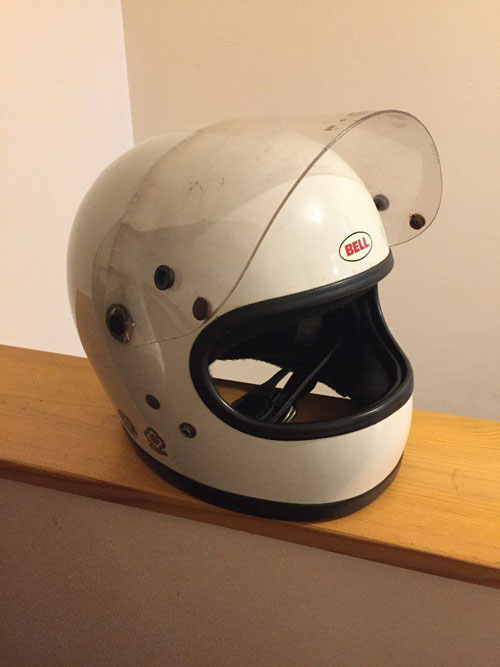
1975
The Star II becomes the first helmet with a flip-up visor system
1978
The first dual eyeport helmet, Star XF is introduced
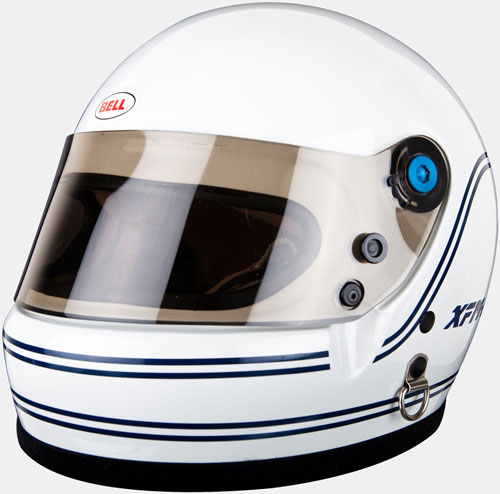
1979
The XFM-1 is the first lightweight composite helmet in motorsports
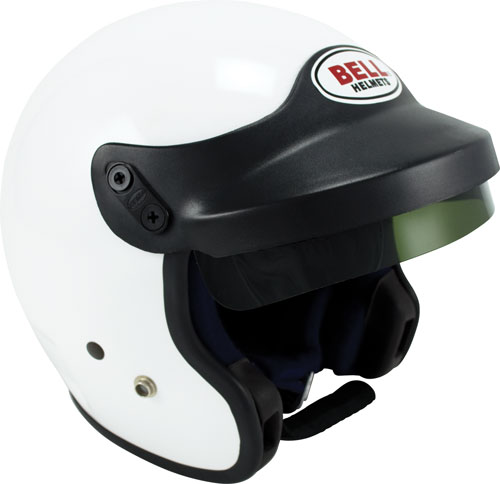
1985
Bell introduces the Mag 4 RS, the first purpose-built helmet for NASCAR, stock car style racing
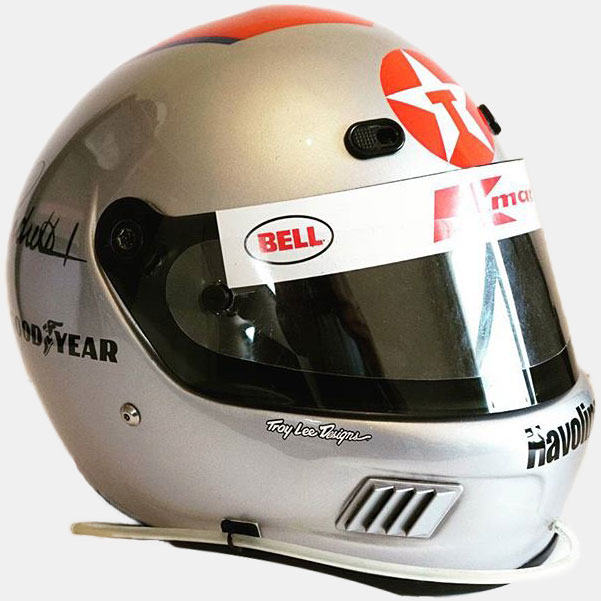
1989
The AFX-1 is the first ultra-lightweight all Kevlar helmet in motorsports
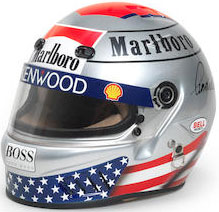
1991
The Vortex is the first helmet to include aerodynamic elements including trip strips and vortex generators
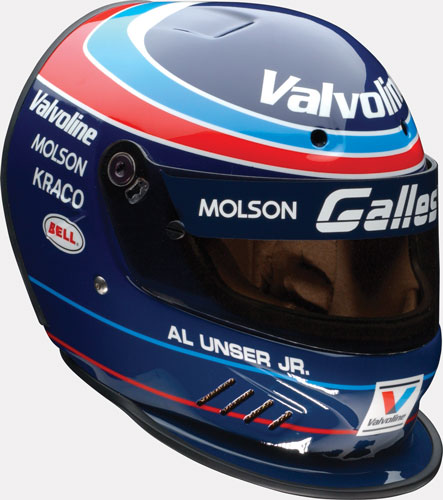
1993
Based on a design by Jim Feuling, the Feuling SS is introduced, revolutionizing aerodynamic helmet performance with a unique seven-degree flat back design incorporating a front chin gurney and rear wicker gurney to eliminate helmet buffeting and lift at high-speeds
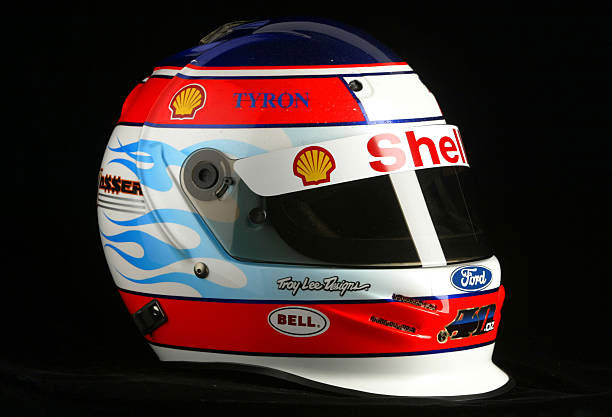
1997
The Dominator is introduced, the first helmet with gurneys built into the shell for enhanced aerodynamic performance in a compact design
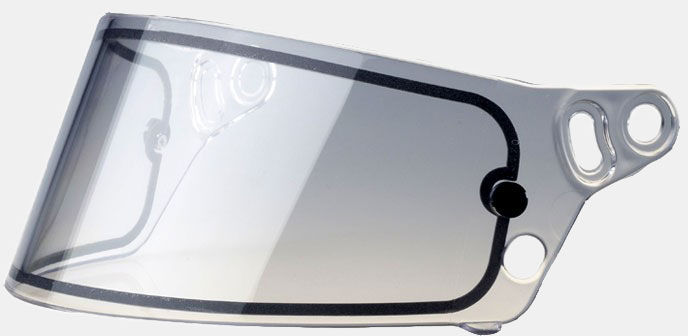
2003
Bell introduces the DSAF insert designed into the helmet shield to create a natural air barrier to eliminate shield fogging in high-temperature and high-humidity environments
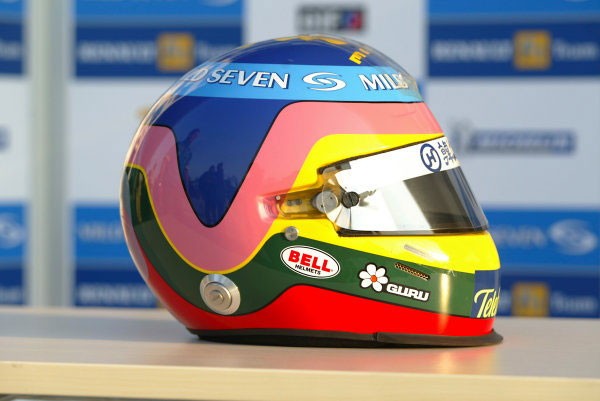
2004
Bell’s HP1 is the first helmet to be homologated to the FIA8860 advanced helmet standard and used in F1 competition
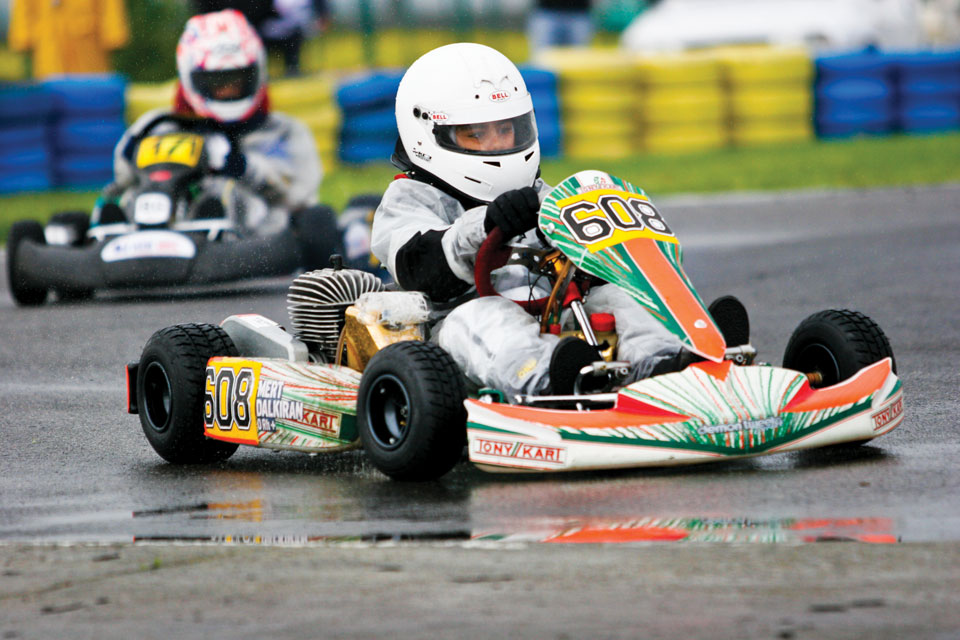
2007
The KC3 is the first helmet to be homologated to the new Snell/FIA CMR children’s standard
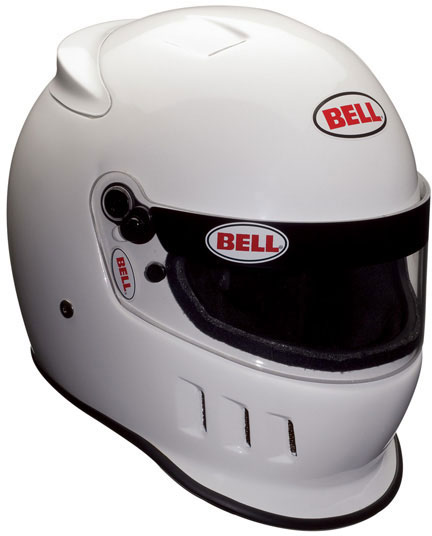
2008
The GTX, the first helmet developed specifically for dirt racing, is introduced featuring rear facing vents designed to create a venturi effect, allowing ventilation while preventing dust and dirt from entering the helmet
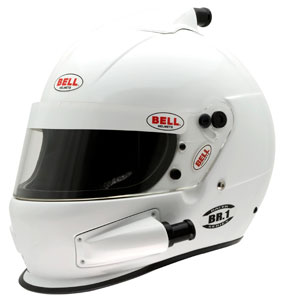
2010
Bell’s BR1 is the first forced air helmet design for use in either a side or top air configuration using a kit system
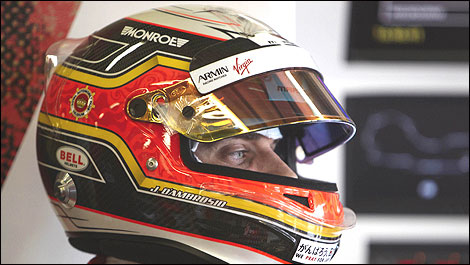
2011
Bell is the first company to homologate and use a Zylon Visor Panel in F1 competition
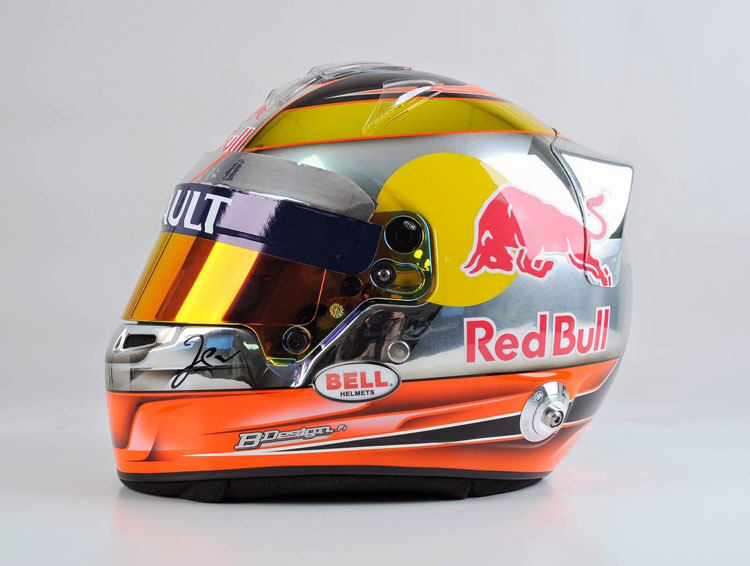
2014
Bell introduces the HP7 featuring an innovative shell and integrated shield design optimized moving the pivot locations down and forward to improve acoustic and aerodynamic performance while enhancing energy management capacities
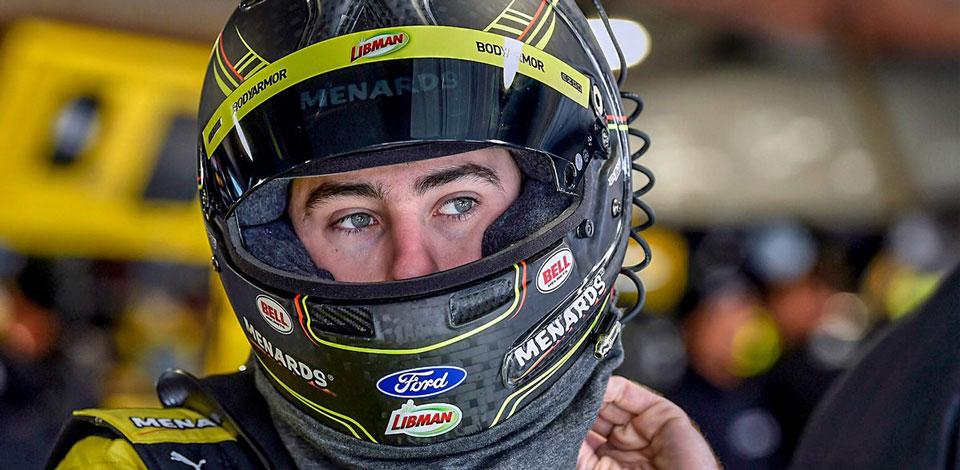
2018
Bell introduces the ultra-lightweight RS7C LTWT model in collaboration with Penske Racing weighing less than 2.75 pounds
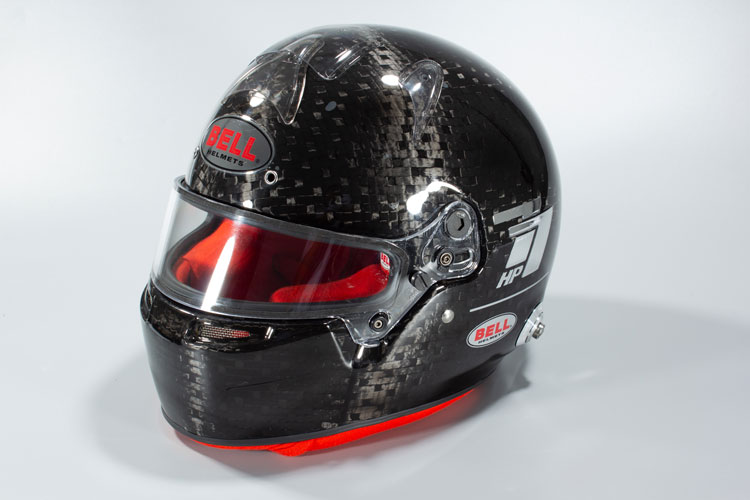
2018
The Bell HP77, the first helmet to feature the Visor Panel incorporated into the shell is revealed at the FIA Sport Conference in Manila
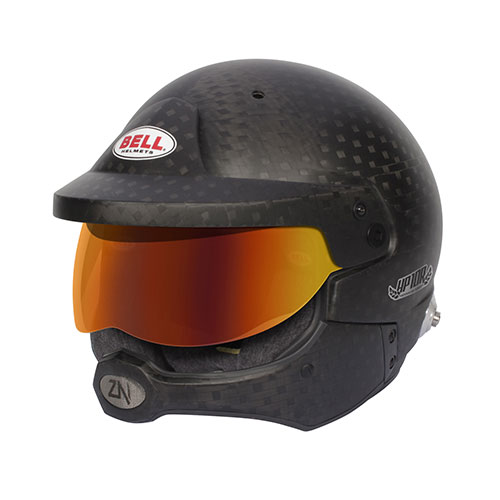
2021
After 2 years of intense Research & Development with the best drivers and best teams, Bell comes back in World Rally Championship, setting new levels of comfort, performances and acoustic qualities thanks to ZeroNoise ™ electronics

